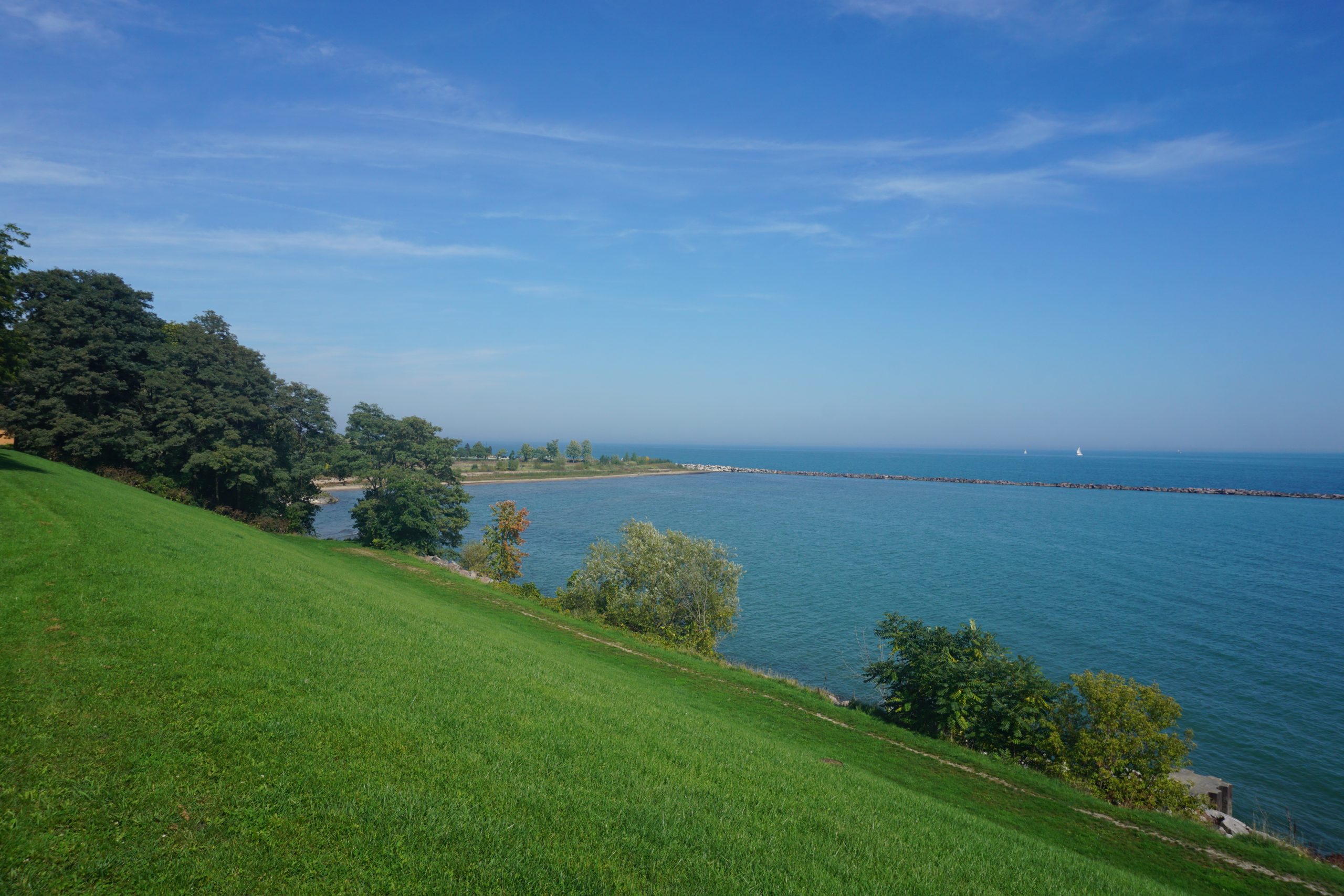No, Lake Michigan does not have sand fleas. Sand fleas are typically found in coastal areas, particularly in warm and tropical regions. Lake Michigan, being a freshwater lake, does not provide the necessary habitat for sand fleas.
What are Sand Fleas?

Sand fleas, also known as beach fleas or sand hoppers, are small crustaceans that live in the sand along the shorelines of oceans and other coastal areas. They are not actually fleas, but rather small, jumping crustaceans that feed on decaying organic matter and algae in the sand.
Sand fleas are typically found in warm, tropical, and subtropical regions, where they thrive in the sandy environments of beaches and coastlines. They are an important part of the coastal ecosystem, serving as a food source for various animals, including birds, fish, and other crustaceans.
What Lives in Lake Michigan?

Lake Michigan is a freshwater lake, and its ecosystem is quite different from that of coastal, saltwater environments. Instead of sand fleas, Lake Michigan is home to a variety of aquatic species, including:
- Fish:
- Perch
- Trout
- Bass
- Salmon
-
Walleye
-
Invertebrates:
- Zebra mussels (an invasive species)
- Spiny waterflea (an invasive species)
- Crayfish
-
Snails
-
Aquatic plants:
- Algae
- Submerged aquatic vegetation
The Spiny Waterflea in Lake Michigan
One of the notable species found in Lake Michigan is the spiny waterflea, an invasive crustacean that was first discovered in the lake in the 1980s. The spiny waterflea is a small, predatory zooplankton that can have a significant impact on the lake’s ecosystem.
Characteristics of the Spiny Waterflea
- Small size: The spiny waterflea is typically less than 1 inch (2.5 cm) in length, with a long, barbed tail.
- Predatory behavior: The spiny waterflea feeds on smaller zooplankton, which can lead to a decline in the diversity and abundance of native zooplankton species.
- Rapid reproduction: The spiny waterflea can reproduce quickly, with females producing up to 10 eggs at a time.
- Invasive species: The spiny waterflea is an invasive species that was likely introduced to the Great Lakes through ballast water from ships.
Impacts of the Spiny Waterflea in Lake Michigan
The presence of the spiny waterflea in Lake Michigan has had several impacts on the lake’s ecosystem:
-
Changes in the zooplankton community: The spiny waterflea’s predation on smaller zooplankton can lead to a shift in the overall zooplankton community structure, with potential consequences for the food web.
-
Competition with small fish: The spiny waterflea can compete with small fish, such as young-of-the-year fish, for the same food sources, potentially affecting the growth and survival of these fish.
-
Disruption of the food chain: The changes in the zooplankton community and the competition with small fish can have ripple effects throughout the lake’s food chain, potentially impacting larger predatory fish and other wildlife.
-
Recreational impacts: The spiny waterflea can also impact recreational activities, such as fishing, by fouling fishing lines and nets.
Conclusion
In summary, Lake Michigan does not have sand fleas, as it is a freshwater lake that does not provide the necessary habitat for these coastal crustaceans. Instead, the lake is home to a variety of aquatic species, including the invasive spiny waterflea, which can have significant impacts on the lake’s ecosystem. Understanding the unique characteristics and dynamics of Lake Michigan’s ecosystem is crucial for effective management and conservation efforts.
References:
- https://www.michigan.gov/invasives/id-report/crustaceans/spiny-waterflea
- https://wgrd.com/snow-fleas-in-michigan/
- https://beltmag.com/lake-michigan-huron-dunes-shifting-sands/
